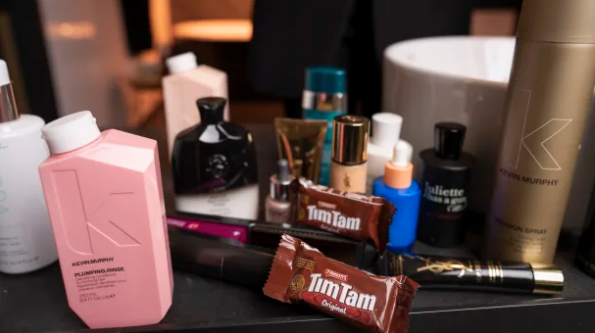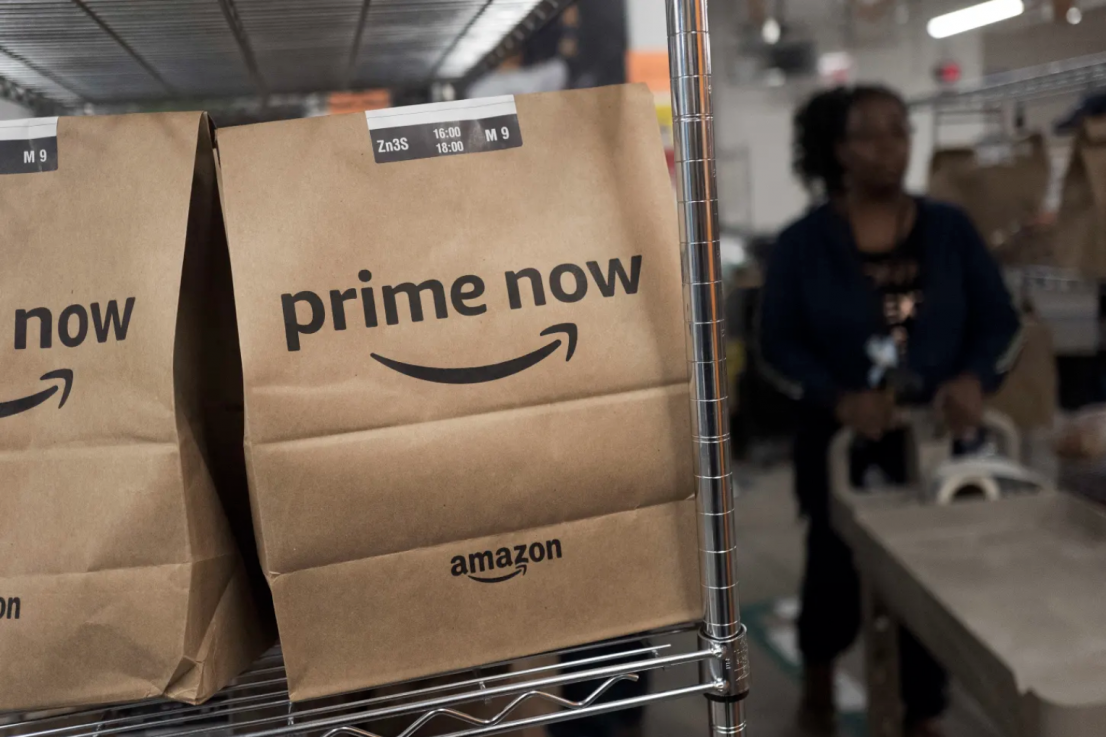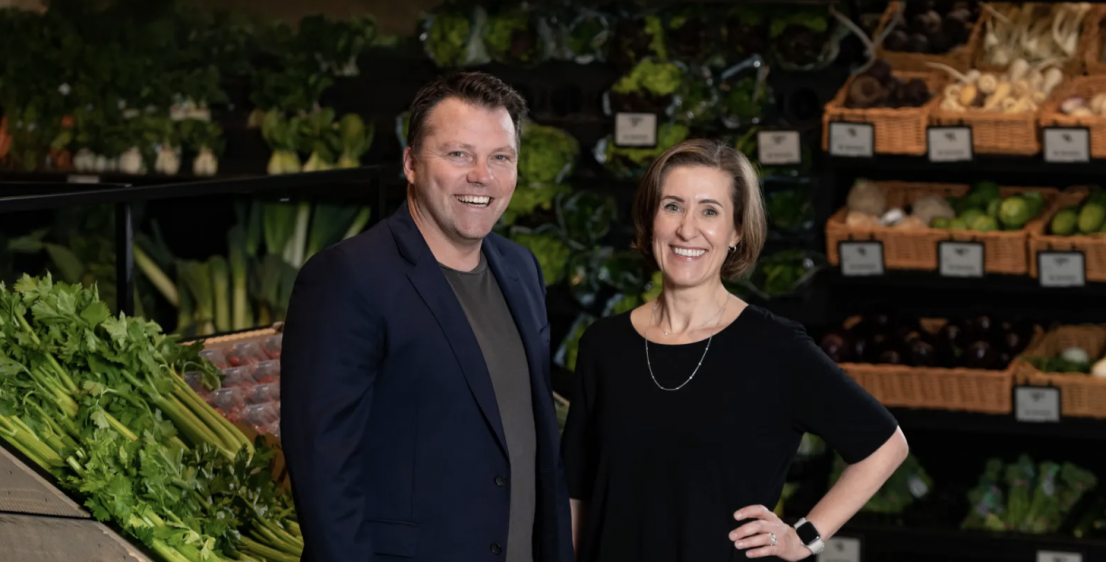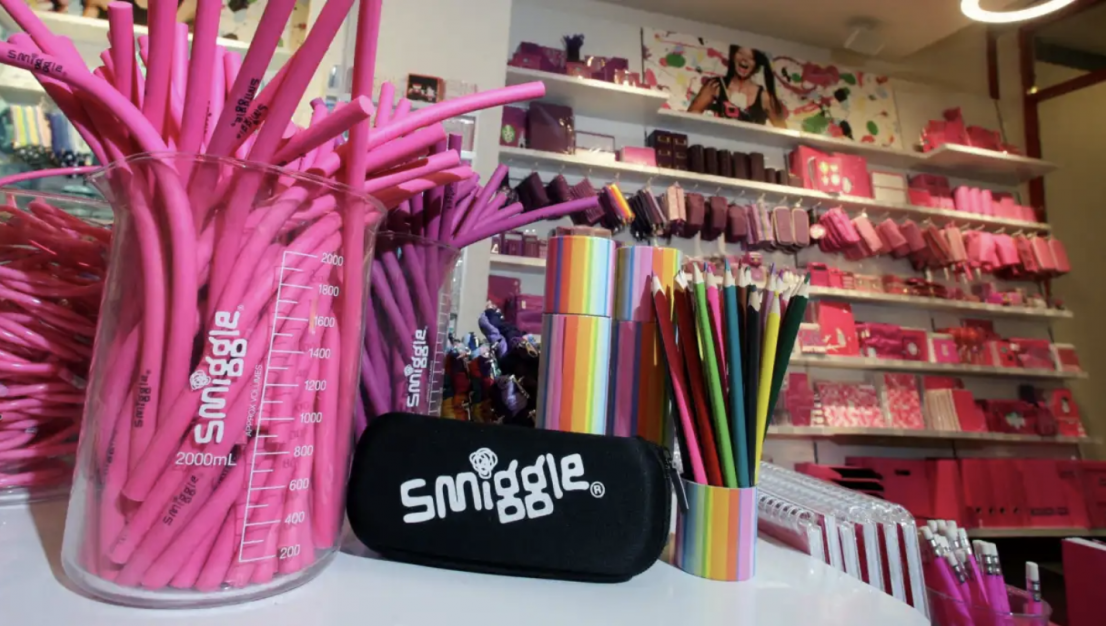
Affinity, halo, maternal, likeability. These are four key biases standing between women and their ability to enter the technology sector.
Sarah Liu, managing director of leadership consultancy The Dream Collective, says women occupy just 17 per cent of all roles in the tech industry, suggesting the biases create significant barriers. Those barriers are so significant that to raise the number of women in the sector, employers and female job candidates must take heed.
“The company has the most responsibility because it’s systemic,” Liu says. “It’s structural. But the reality is that [women] need to navigate those biases. Women need to actually understand that when we come to that daily reality, we need to think: ‘How do I create opportunities?’ The scale of the problem needs to be met with the scale of the solution, which means we need to come at both ends.”
Liu starts by elaborating on the four biases.
Affinity bias refers to the tendency for employers to gravitate towards candidates with similar experiences and qualifications to them. Candidates might have completed the same trainee program or similar course. If a female candidate has followed a different career path, perhaps outside the tech sector, she is likely to be discriminated against.
The halo bias occurs when candidates are given credit for having graduated from a particular high-profile course or institution, or worked with a well respected company.
“Someone who has held a job at Google is immediately perceived as more qualified than someone coming from a software company that barely anyone knows,” Liu says. The halo effect can similarly be applied to companies such as Salesforce, Apple, Facebook and Amazon.
“The GAFAS [Google, Amazon, Facebook and Apple] have the halo effect,” Liu says.
The maternal bias refers to the assumption that when women have children, they will be less committed to their work. The same assumption is not applied to men.
Indeed, for men having a family can be considered to be a positive step because the perception is that it will encourage them to work harder. As a result, women tend not to be offered the same promotional opportunities, or more challenging projects.
The fourth bias, likeability, refers to the phenomenon that for women, success and likeability tend to be negatively correlated, but for men they are positively correlated. Successful women are too often viewed as intimidating or too much of a “go-getter”.
Speaking as The Dream Collective launches a program called SheDares to boost the number of females in the tech sector (by tackling both sides of the problem), Liu has four tips for women.
1. Experience
Remember that technology is evolving so quickly that entering the field late is not necessarily a barrier. People’s skills can quickly become out of date. Further, many roles in the tech sector are non-technical. “A lot of tech is actually about problem solving. A lot of our technology clients are looking for non-technical salespeople, because they can actually explain the technology in a way that’s understandable by the user,” Liu says.
2. Networks
Activate your networks, says the consultant. Having a referral or recommendation from a contact will help to overcome affinity bias and also help women to find out about the roles on offer. Some 70 per cent of roles in the sector are not publicly advertised.
“A CV in general is not what will make the biggest difference in women’s chance of getting hired or not, but rather, network and referral,” Liu says.
“Instead of creating the best CV, our recommendation is to improve your LinkedIn profile and activate your network contacts and proactively ask for referral opportunities as a priority.”
White women are 12 per cent less likely to receive a job referral than white men, while women of colour are 35 per cent less likely to receive a job referral than white men, Liu adds.
3. Story telling
Highlight the way in which your experiences and skills, say in problem solving, will help you to succeed in a given role.
Take a “top down” approach. Start with your reputation. This includes what you are known for because of the impact or results you have achieved. Next, talk about the skills that made these results possible and lastly, use the work experience and responsibilities you’ve had to validate your skills.
4. Be proactive
If you have taken a career break, talk openly about how you approached it and what happened when you re-entered the workforce.
Catriona Wallace, executive chairman of investment firm Boab AI, recommends that women challenge the reason behind questions such as what school or university you went to and who you know. Women should use the opportunity to promote their skills and experience, Wallace says.
Female candidates could also ask if a woman will be present at an interview.
Wallace is more concerned by the proportion of women who leave the tech sector and never return. She says 50 per cent of women in tech end up having a career change. The reasons range from tech companies having a lack of social purpose, to the lack of other women in the industry, the 17 per cent gender pay gap and the masculine environment.
Wallace argues that women faced with the first challenge should find ways to create a social purpose for their employer, if it is non-existent.
“Create a purpose around sustainability,” she suggests.
Other tips include forming a women’s network in the company so that women can support each other and demand to know the salaries of male counterparts.










